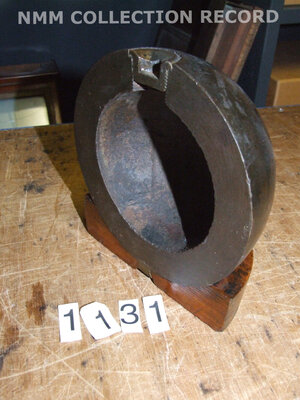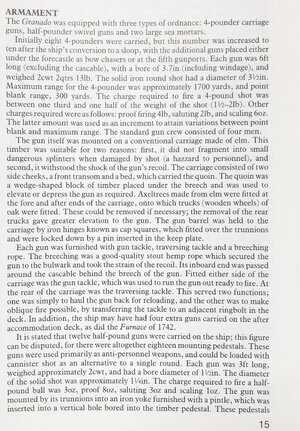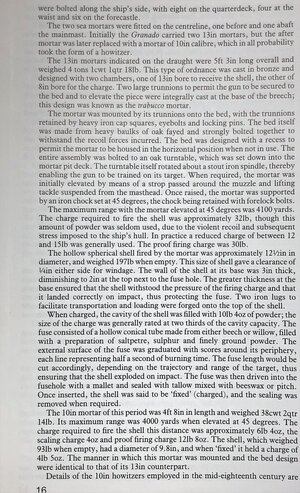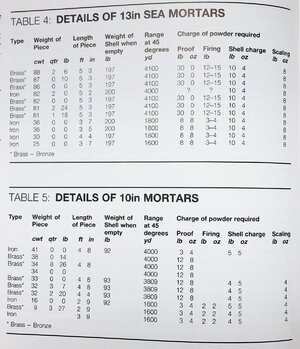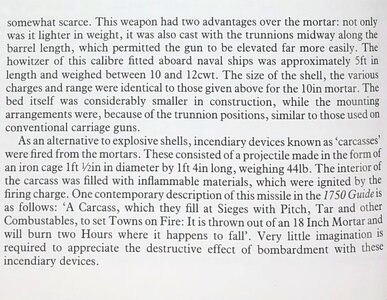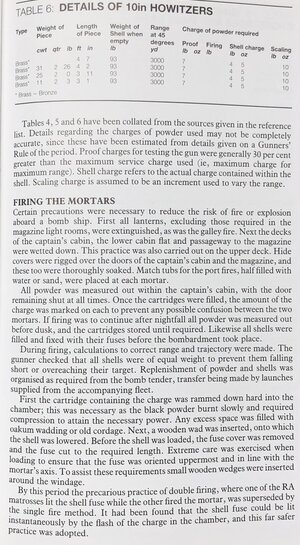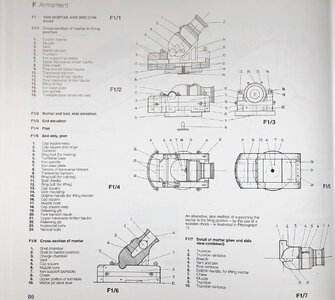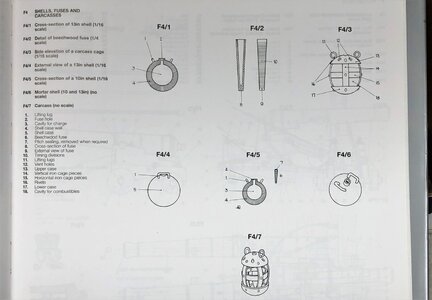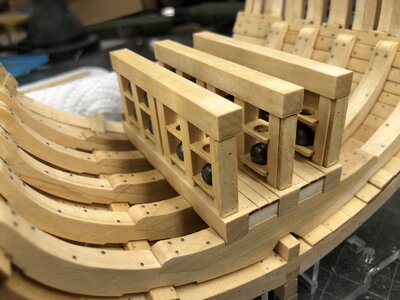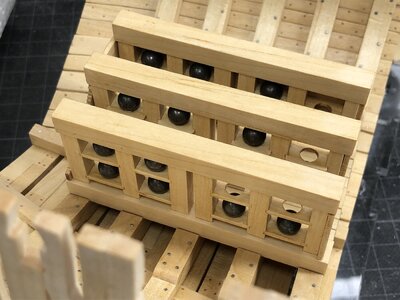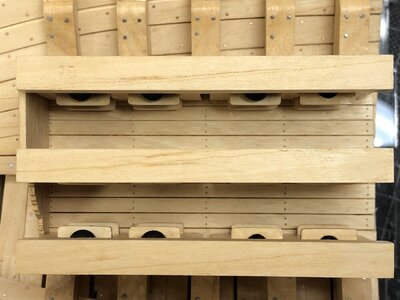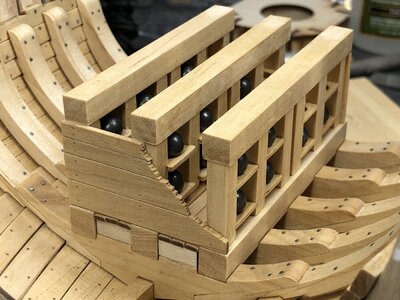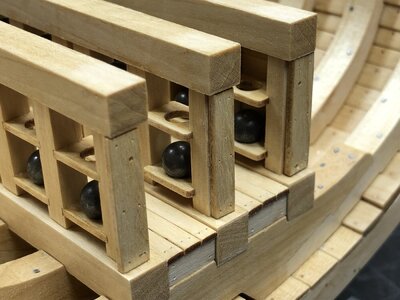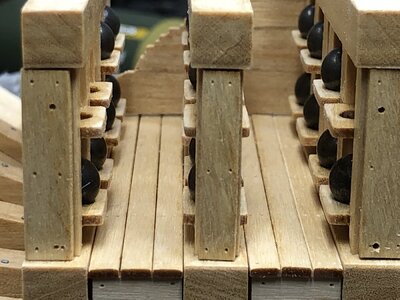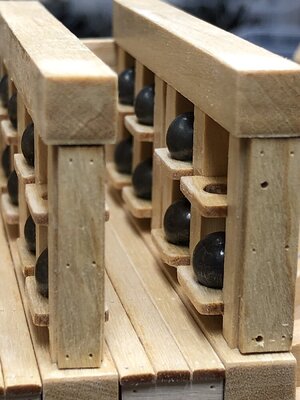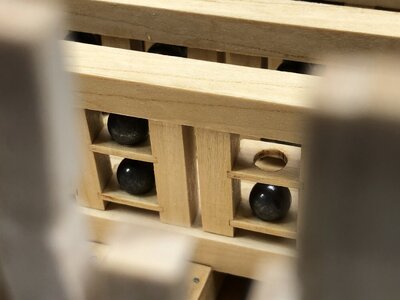Hallo friends,
first of all many thanks to all your comments and also the likes received
also I would like to wish you all ALL the BEST for 2022
During the christmas holidays I was rarely in the forum, better had not so much time to post any updates of my building log.
Starting with the works on the bomb racks under the mortar
Here the principle structure is shown - three strong base beams with notches for the six pillars
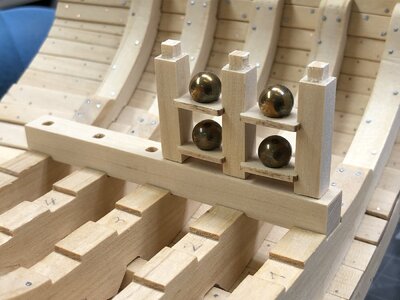
this three structures are based on the strong stiffening riders
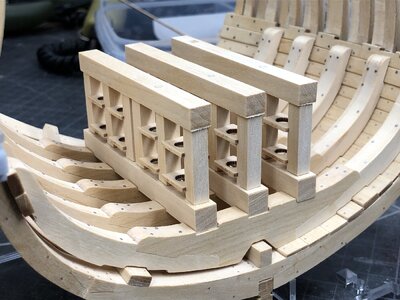
To compare the height with a figurine, a french supervisor sent to the british shipyard by Jean Boudriot
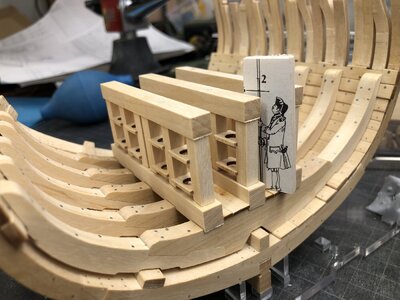
Dry fitted mortar room beams - on top of these the mortar will be based
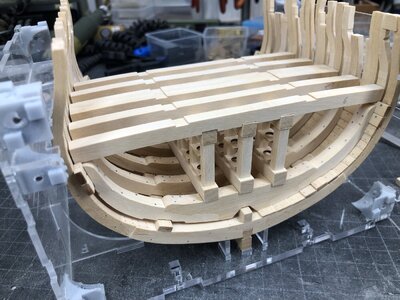
everything is fitting well - only some smaller adjustments necessary
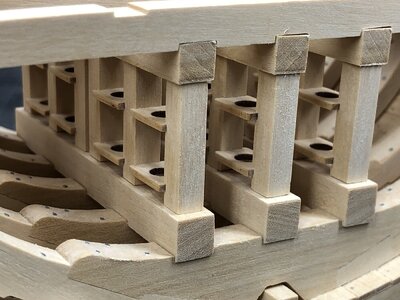
starting to assemble the vertical timbers where the doors for the bomb shell room will be fixed
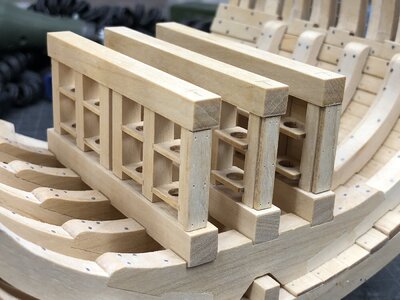
The side wall timbering fixed
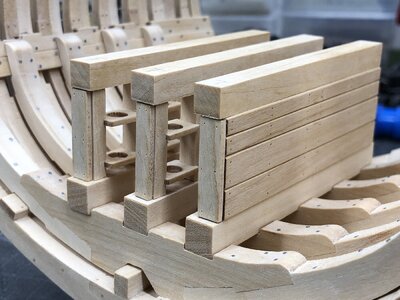
Many Thanks for your interest
first of all many thanks to all your comments and also the likes received
also I would like to wish you all ALL the BEST for 2022
During the christmas holidays I was rarely in the forum, better had not so much time to post any updates of my building log.
Starting with the works on the bomb racks under the mortar
Here the principle structure is shown - three strong base beams with notches for the six pillars

this three structures are based on the strong stiffening riders

To compare the height with a figurine, a french supervisor sent to the british shipyard by Jean Boudriot

Dry fitted mortar room beams - on top of these the mortar will be based

everything is fitting well - only some smaller adjustments necessary

starting to assemble the vertical timbers where the doors for the bomb shell room will be fixed

The side wall timbering fixed

Many Thanks for your interest









